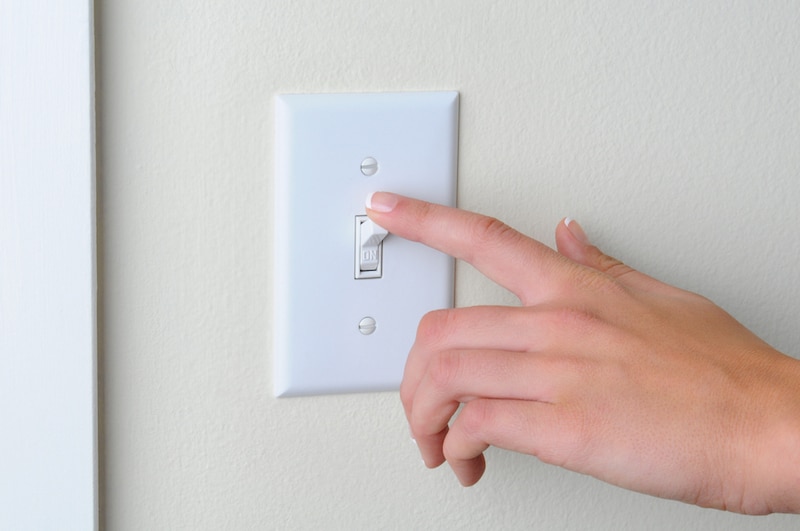There is a discussion now taking place in the Smart Building business that the transition to LED lighting may trigger a change in the way connectivity is achieved in the Building Automation business as it morphs into the Building Internet of Things.
The rationale goes that historically, integrated BAS services have been HVAC centric since that was the element of the building where energy related controls could add significant value and were first applied. The control of lighting was often tagged on to the Building Energy Control System (BECS). This turned out to be an expensive solution.

In addition in many situations the Return on Investment for HVAC oriented building automation has not been compelling in medium to small buildings, and so the majority of buildings around the world are still waiting to be converted to “Smart.”
Whilst researching for our report Smart Buildings: The Lighting Controls Business we investigated the case for fitting buildings with LED lighting and its control through BUS based systems and found that not only was this a very cost effective solution and environmentally friendly, but to boot it offered direct connectivity to the HVAC system.
Such systems were being installed in prestigious office buildings where HVAC was relatively simple; combining fan coil units and chilled beams with natural ventilation together with window blinds and directly connected on the lighting BUS. So lighting had now reversed its historic status and had become the contract for BIoT in these buildings.
[contact-form-7 id="3204" title="memoori-newsletter"]This is not yet standard practice but is becoming widely accepted in the UK on new construction projects for medium sized prestige office projects. These projects have fallen into the low voltage category and have been engineered and designed through the electrical contract and not the mechanical, as is the case with most BECS projects.
The growth of LED lighting in commercial buildings will lift off the demand for BUS based lighting controls and together with distributed energy on site through renewable power by solar and heat pumps, more buildings could fall into that control category suitable to be handled through the electrical contract.
In addition electrical network management systems in buildings opens up another conduit which is appropriate to control Demand Response when interfacing Smart Buildings with Smart Grid.
Lighting-centric projects will be driven by LEDs and this in turn will create the opportunity to incorporate hvac controls particularly in retrofit projects. The result will be the emergence of new players, new technologies and new application delivery mechanisms. The existing industry structure and business models are not sacrosanct.Read more about this subject in our Market Research Report - Wireless Lighting Controls 2014 to 2018 Market Research



